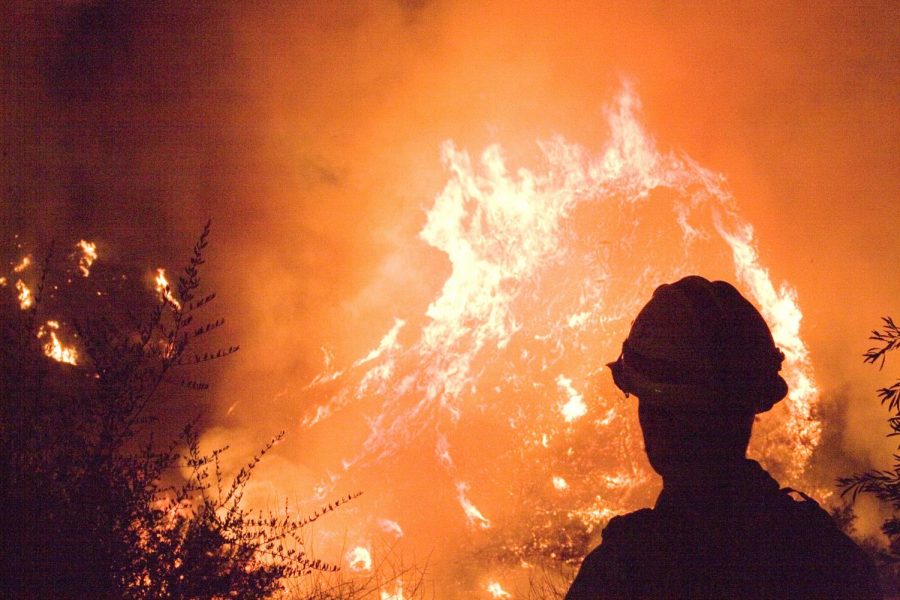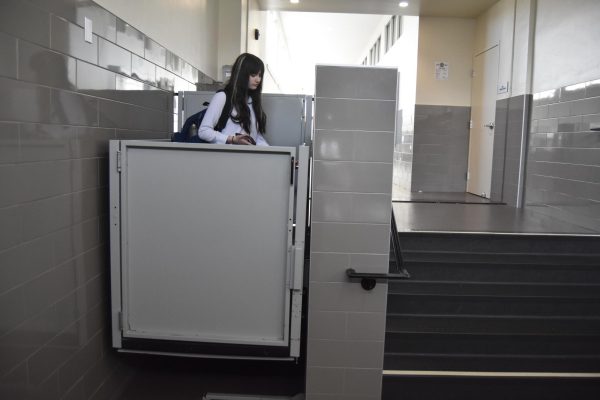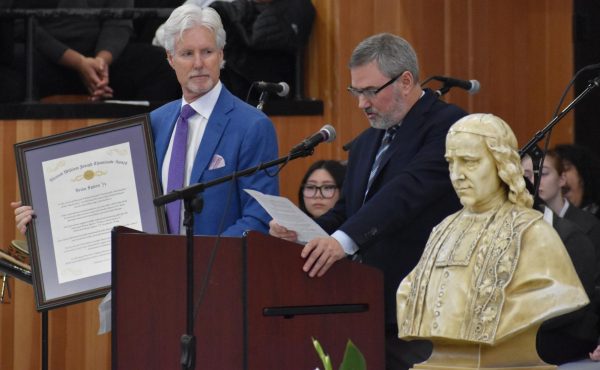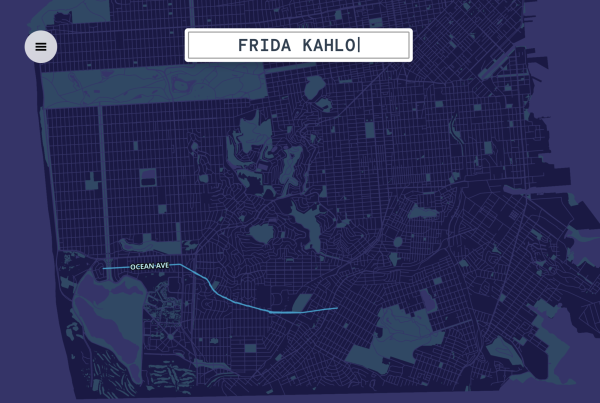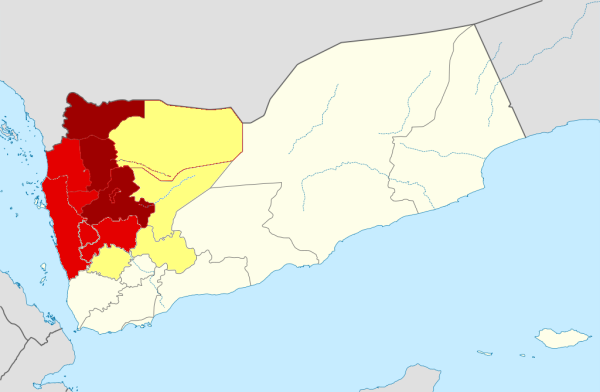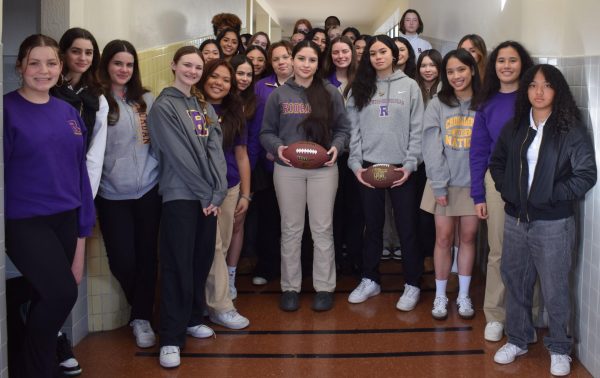Technology plays vital role in firefighting efforts
Last year’s fires in California resulted in the deaths of 42 people, making 2017 the deadliest in state history. This year, the death toll stands at 14, with close to 7,000 fires burning across the state from early summer to late fall. Technology plays a vital role in firefighting because if firefighters cannot communite with each other, their lives and the lives of those they are trying to protect, are more at risk.
November 7, 2018
Last summer and fall, “42 people died across Northern California, including 23 in Sonoma County alone, making the 2017 fire season the deadliest in the state’s history,” according to news reports.
In addition, “More than 160,000 acres—or 250 square miles—have burned in Sonoma, Napa, and Solano counties, just north of San Francisco. Another 36,000 acres burned farther north in Mendocino county, and approximately 8,400 structures were destroyed, according to Cal Fire.
This year, “6,936 fires [have] burned an area of 1,518,918 acres,” and 14 people—including firefighters, civilians, and a PG&E employee—were killed, according to the California Department of Forestry and Fire Protection and the National Interagency Fire Center.
At least some of the fires’ sources were allegedly caused by PG&E equipment, and so this month, the company “warned residents of Napa, Sonoma, and Lake counties on Sunday that the utility was taking the unprecedented step of shutting off power to thousands of customers in an effort to prevent a devastating wildfire,” according to KTVU.
“The outages were expected to affect 17,000 customers in Napa, Sonoma and Lake Counties and in the following communities: Angwin, Calistoga, Deer Park, Bowden supports this claim Lake Berryessa, Pope Valley and St. Helena,” Megan McFarland, a PG&E spokesperson, said.
On their website, PG&E posted the following message: “As part of our Community Wildfire Safety Program, PG&E is implementing additional precautionary measures to help reduce the risk of wildfires. For public safety, it may be necessary for us to turn off electricity to communities in high fire-threat areas when extreme fire danger conditions occur.”
And continued, “We know how important electric service is to our customers. We will only consider temporarily turning off power in the interest of safety, and as a last resort. In the event that we do need to turn off electricity due to extreme fire danger conditions, we will attempt to notify you in advance.”
In August, the Santa Clara Fire department released a statement regarding throttled internet speeds from service provider Verizon, which detracted from their abilities to track the spread of the fires; Verizon claims it was an honest mistake, while officials state that the company unfairly cut their service reach,in demand of higher pay.
Firefighters claim the use of internet data is essential to combating wildfires; CNN’s interview with Fire Chief Anthony Bowden supports this claim stating, “The internet has become an essential tool in providing fire emergency response, particularly for events like large fires which require the rapid deployment and organization of thousands of personnel and hundreds of fuel engines, aircraft, and bulldozers.”
The details within his explanation demonstrate that the use of the internet is imperative to effectively accomplish battling the natural disaster. Throughout all this, new technological advancements remain lax in the area of firefighting.
Scott McLean, spokesman for California Department Forestry and Fire protection stated, “Our basic foundation is tried and true – there is no real shiny object out there that would work for us right now.”
Essentially, according to those within the fire department, There is no need for technological advancements in fire fighting, according to an article from the San Francisco Chronicle.
The use of internet ranges farther than a simple phone call, as the firefighters depend on drones and satellite feeds in order to analyze the current state of the blaze.
The data collected from these tools act as eyes in the sky, providing comprehensive views of wind patterns, escalation of the fire, and where it will spread next.
After synthesizing the data, the fire department is able to send out units of smoke jumpers in order to combat the fires. Knowing this information is crucial to correctly dispatch resources. In the situation of the Santa Clara wildfire, the fire department alleges that Verizon Wireless Service Provider failed to contribute to the fire fight, miscarrying their role in the battle by throttling service lines within a certain radius.
This delayed the use of the tools provided to determine fire growth, as well as leaving the department uninformed during key points of decision making, resulting in many firefighters being “stranded and overworked.”


